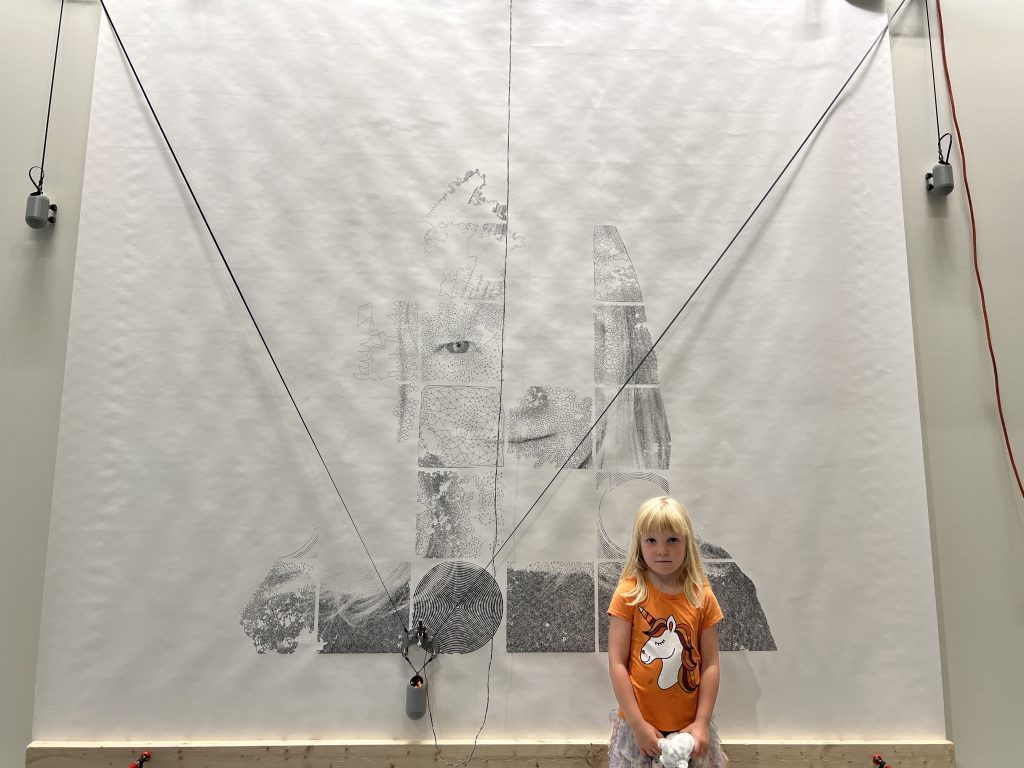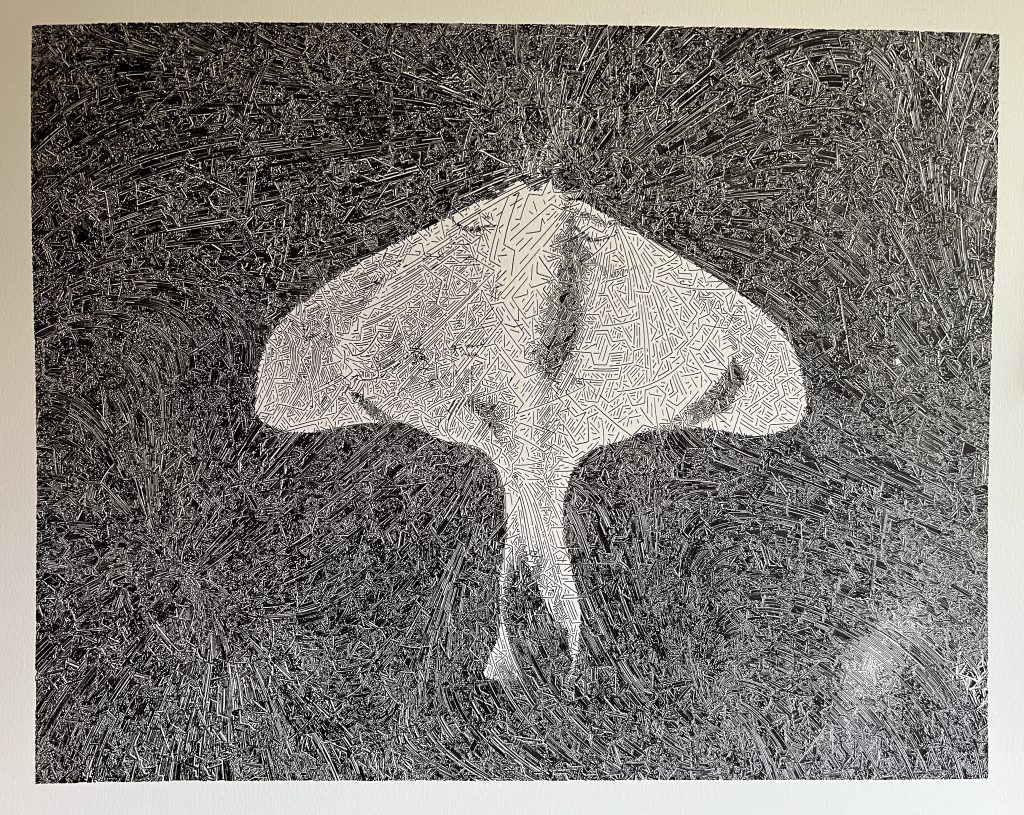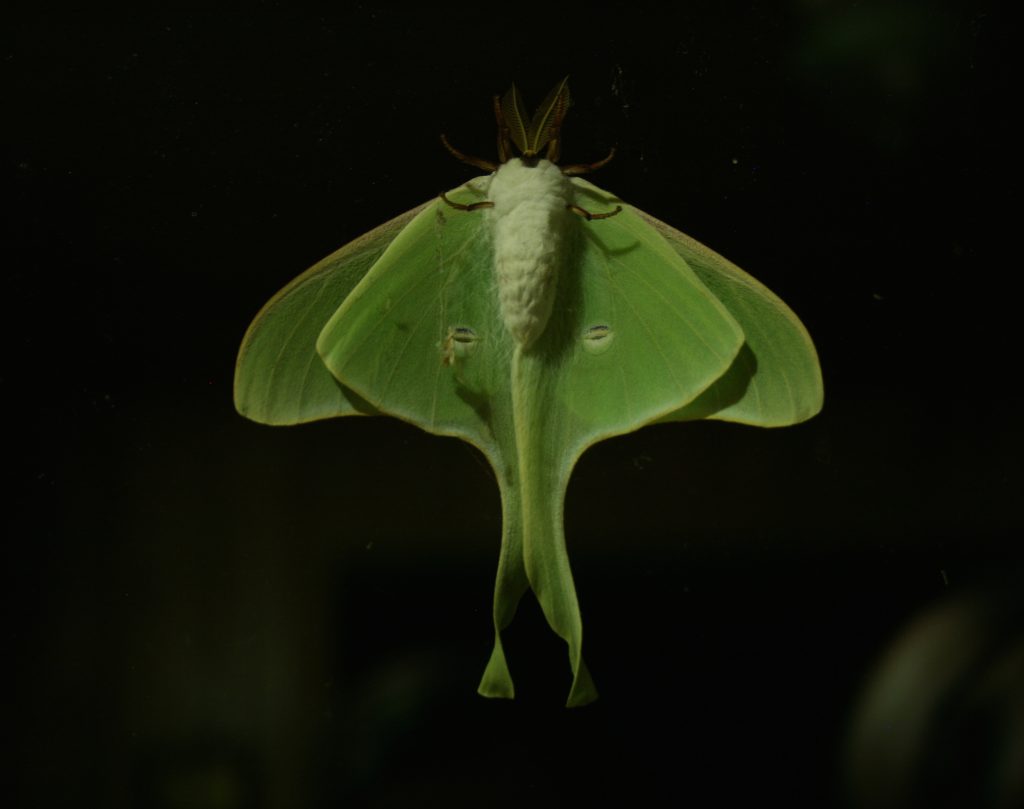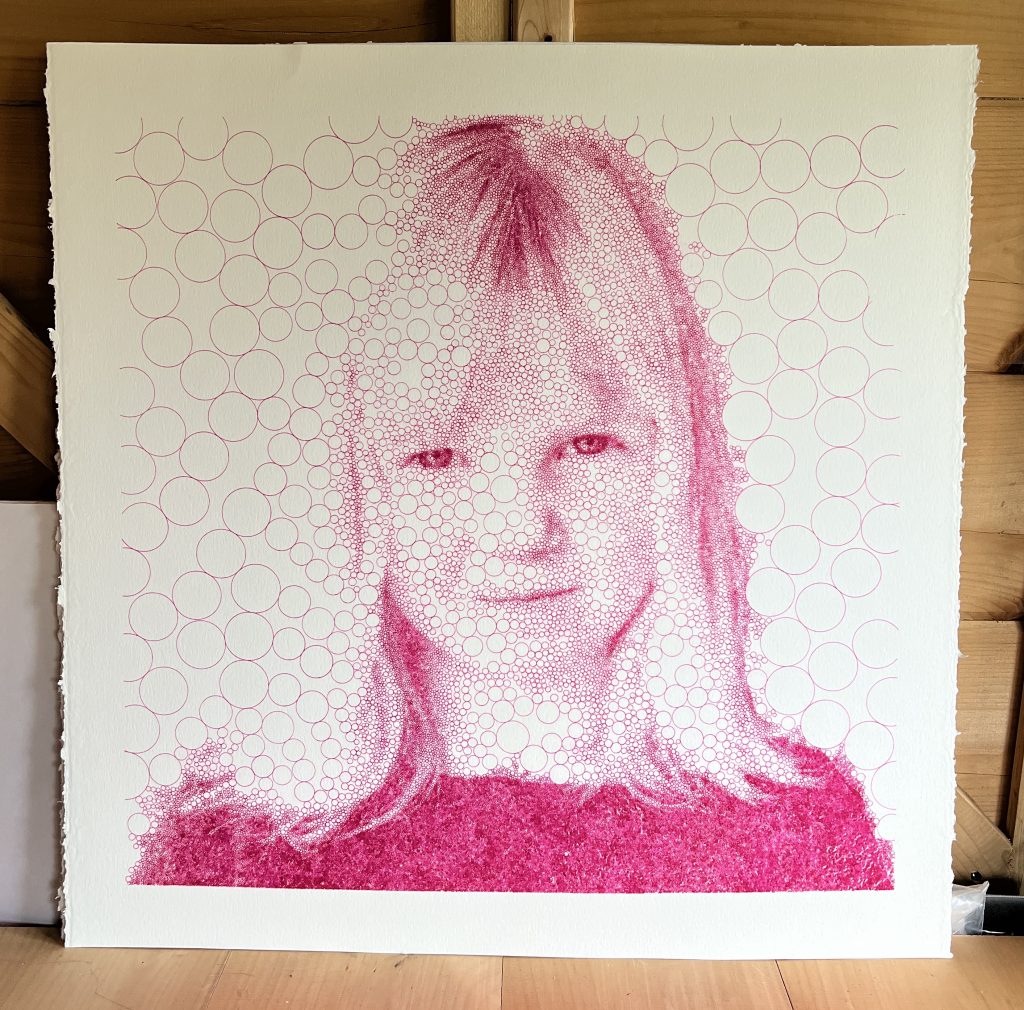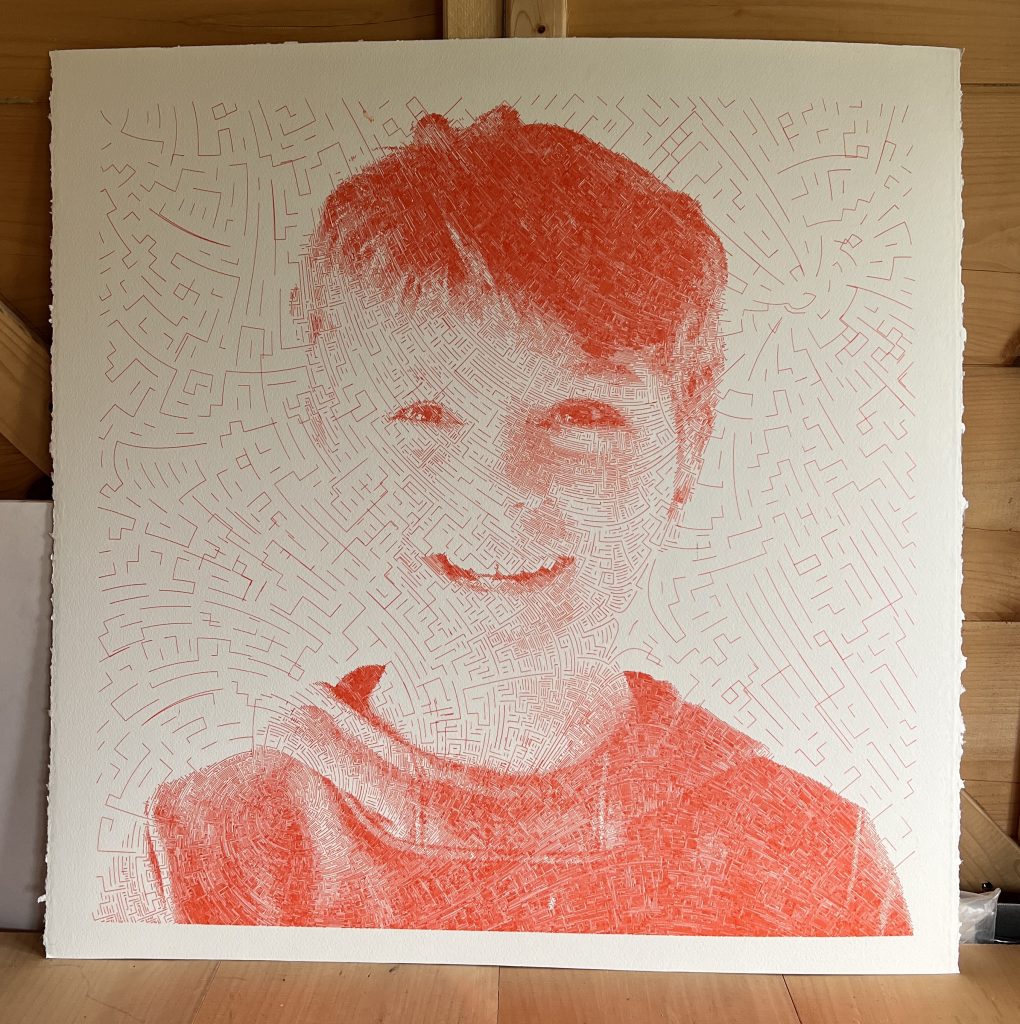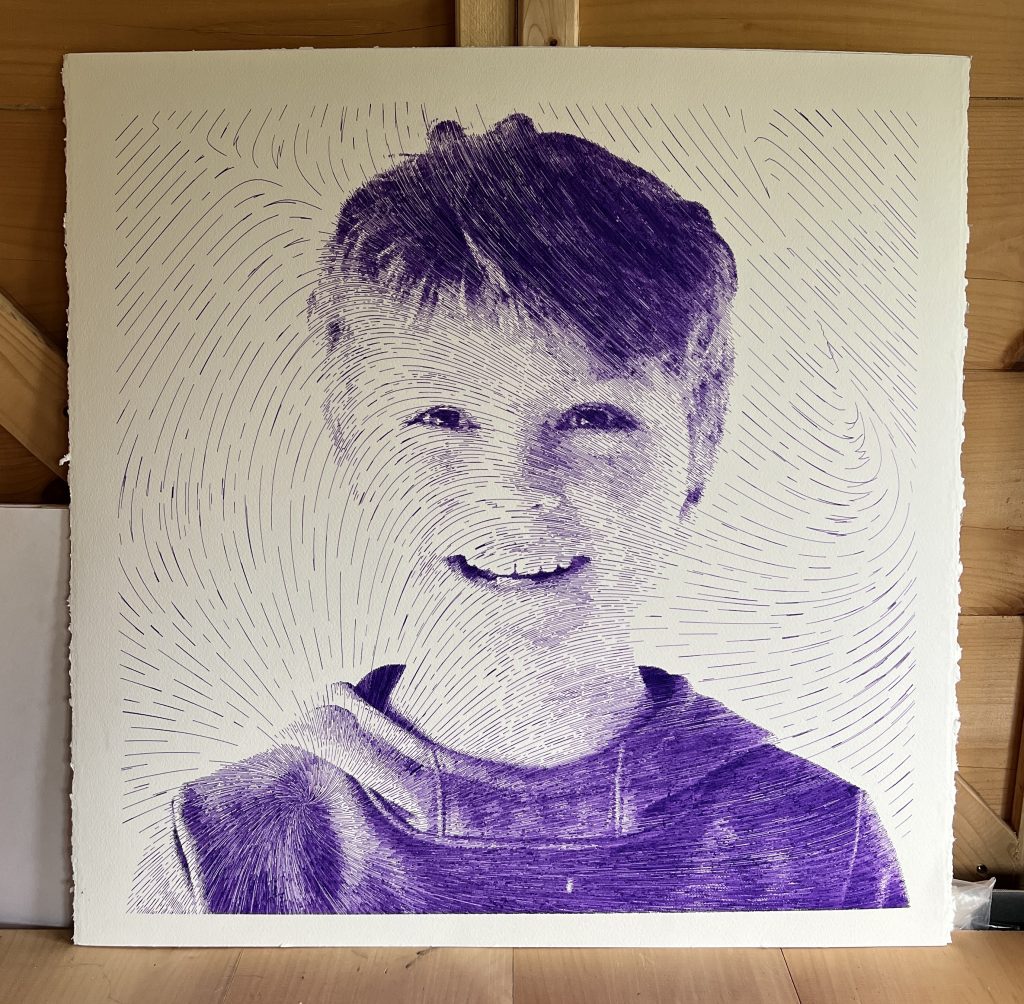3 Days of uninterrupted work, it probably needs 2 more. Things have been going well so far, I’m starting to believe it’ll finish without a hitch. I’m swapping pens strategically so they don’t run out.
The cool software I used for this one yields cool artifacts when it renders.

